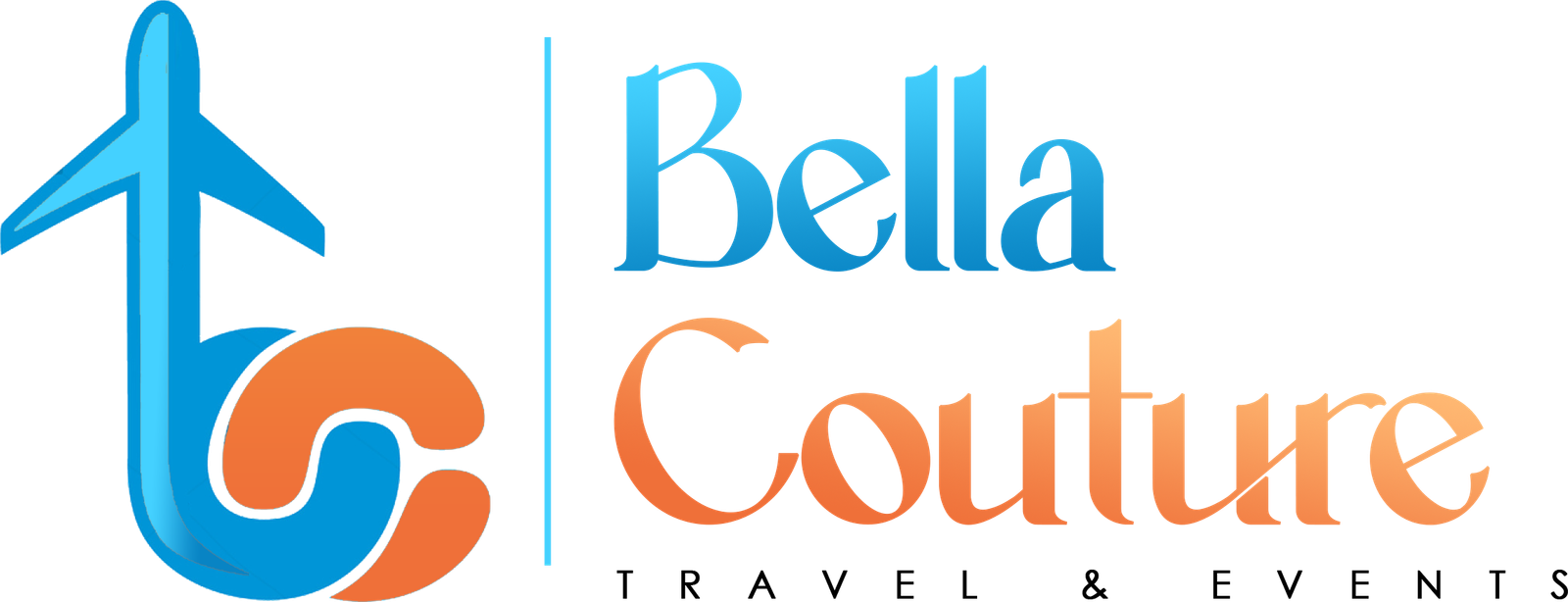BELLA COUTURE OVERVIEW FOR HISTORY, GEOGRAPHY AND ECONOMY TO DISCOVER MOROCCO.
HISTORY OF MOROCCO :
The ancient history of Morocco goes back to the Phoenicians who explored this corner of Africa around 1000BC and found the area away from the coast to be inhabited by people they called barbaroi (meaning "not our people"), which later became known as the Berbers. The Berbers may have had links with the Celts, Basques, or tribes from the Lebanon.
Around 150 years BC, the Romans added this part of the North African coast to their empire but did not generally disturb the Berbers who were further inland and in the mountains.
The 7th century AD saw the Arab armies spread across northern Africa and into Morocco. They didn't stop there of course, joining with the Berbers; they invaded most of Spain, where they had a presence for around 600 years.
In 788, a descendant of the Prophet Mohammed, named Moulay Idriss I, was proclaimed king by the Berber tribes. Moulay Idriss I quickly became powerful and influential but was murdered by a rival. The village which is the location of his tomb is now called Moulay Idriss and is one of the most sacred shrines in Morocco.
The son Moulay Idriss II took over and founded the present city of Fez, the capital at that time. After his death in 828, power was split between several sons, resulting in a weakness of leadership.
Eventually the Almohads were weakened by infighting and in the mid 13th century the Beni Merin Berber tribe took control. The Merinids were more materialistic than their predecessors and built some fine buildings, including the Alhambra at Granada, Spain.
MOROCCO GEOGRAPHY & CLIMATE :
Morocco is geographically located in Northern Africa along the Atlantic Ocean and the Mediterranean Sea. It is bordered by Algeria and Western Sahara. It also still shares borders with two enclaves that are considered a part of Spain—Ceuta and Melilla. The topography of Morocco varies as its northern coast and interior regions are mountainous, while its coast features fertile plains where much of the country's agriculture takes place. There are also valleys interspersed between Morocco's mountainous areas. The highest point in Morocco is Jebel Toubkal, which rises to 13,665 feet (4,165 m), while its lowest point is Sebkha Tah at -193 feet (-59 m) below sea level.
The climate of Morocco, like its topography, also varies with location. Along the coast, it is Mediterranean with warm, dry summers and mild winters. Farther inland, the climate is more extreme and the closer one gets to the Sahara Desert, the hotter and more extreme it gets. For example, Morocco's capital of Rabat is located on the coast and it has an average January low temperature of 46 degrees (8˚C) and an average July high temperature of 82 degrees (28˚C). By contrast, Marrakesh, which is located farther inland, has an average July high temperature of 98 degrees (37˚C) and a January average low of 43 degrees (6˚C).
MOROCCO POPULATION :
- The current population of Morocco is 36,800,397 as of Wednesday, April 1, 2020, based on World meter elaboration of the latest United Nations data.
- Morocco 2020 population is estimated at 36,910,560 people at midyear according to UN data.
- Morocco population is equivalent to 0.47% of the total world population.
- Morocco ranks number 40 in the list of countries (and dependencies) by population.
- The population density in Morocco is 83 per Km2 (214 people per mi2).
- The total land area is 446,300 Km2 (172,317 sq. miles)
MOROCCO ECONOMY :
Morocco's economy is considered a relatively liberal economy governed by the law of supply and demand. Since 1993, the country has followed a policy of privatization of certain economic sectors which used to be in the hands of the government. Morocco has become a major player in the African economic affairs, and is the 5th African economy by GDP (PPP). The World Economic Forum placed Morocco as the 2nd most competitive economy in North Africa behind Tunisia, in its African Competitiveness Report 2009. Additionally, Morocco was ranked the 1st African country by the Economist Intelligence Unit' quality-of-life index, ahead of South Africa.
